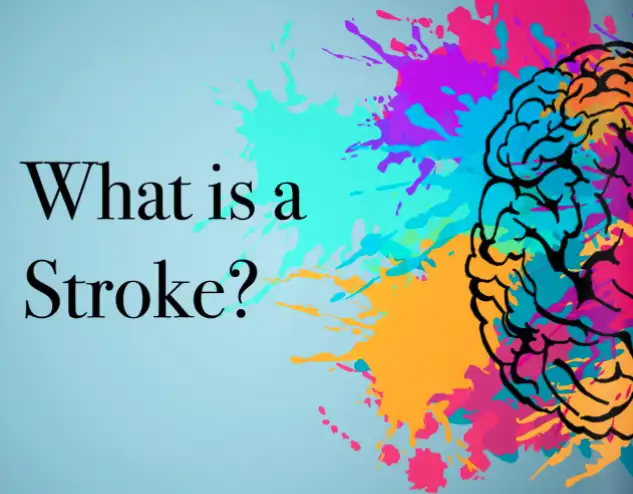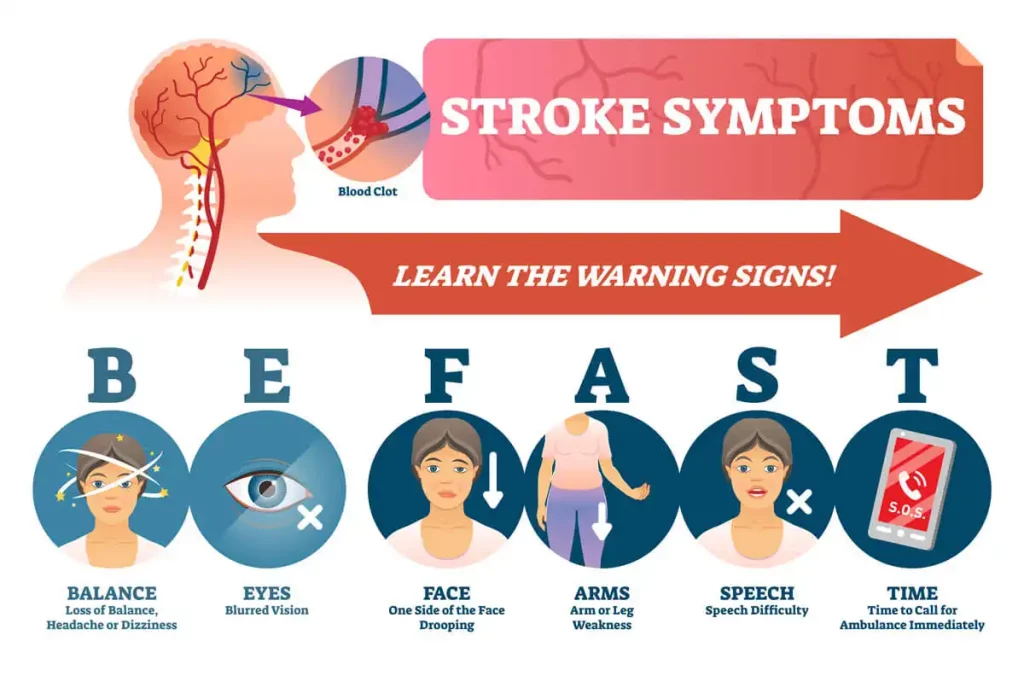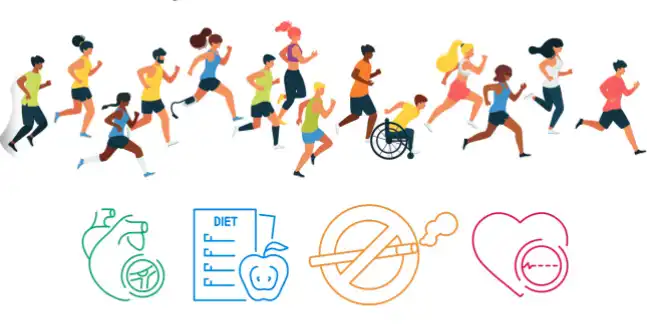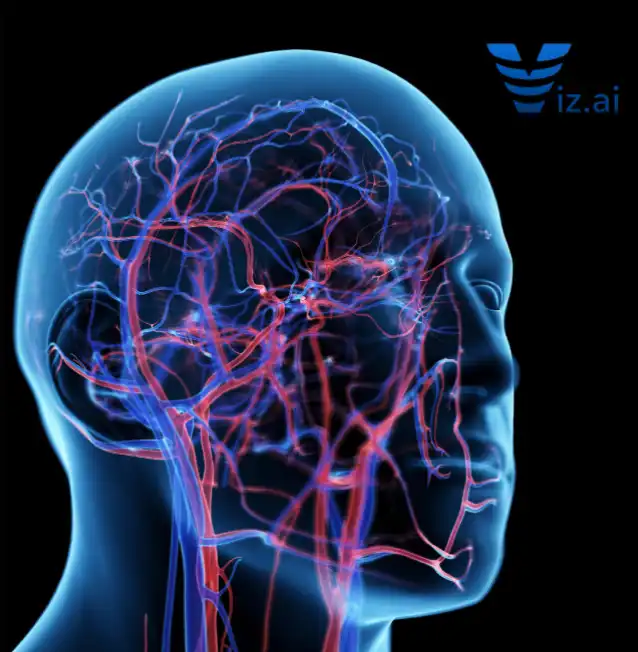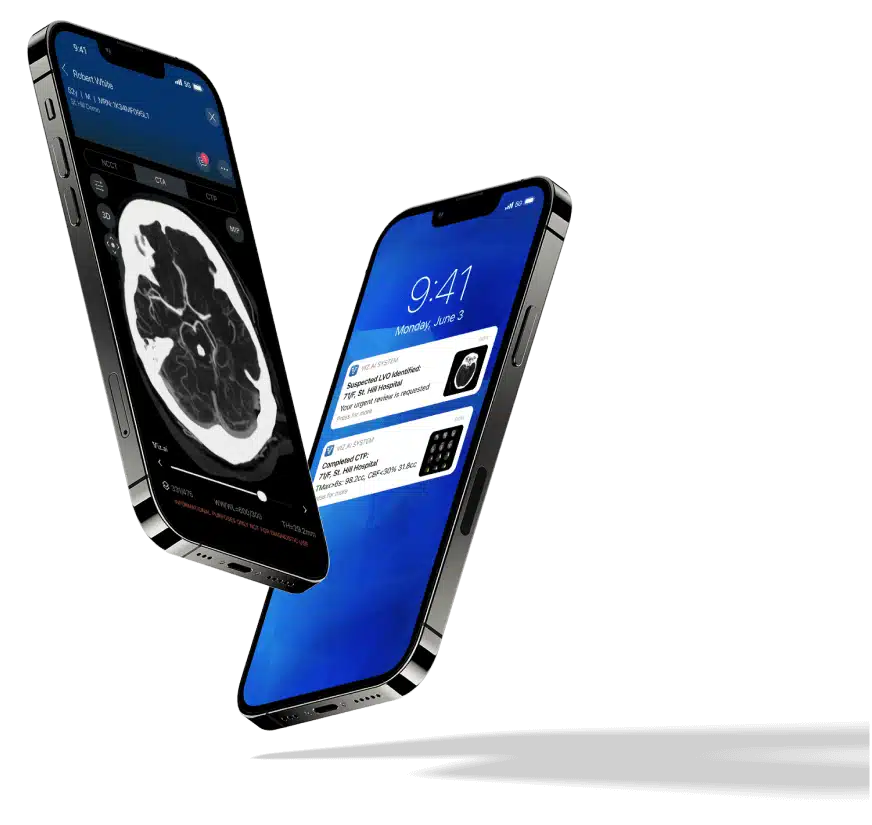Team Viz
Oct 29, 2021
5 min
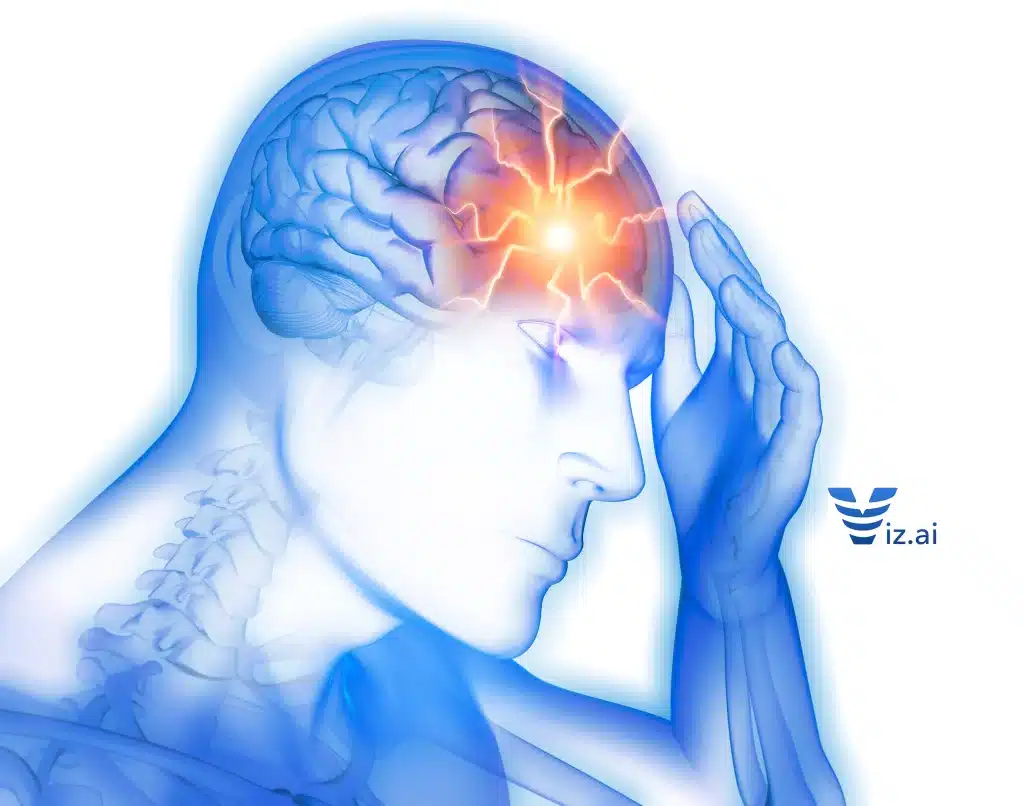
Oct 29th is World Stroke Day. Read our stroke awareness blog to learn about the different types of strokes, the warning signs and symptoms
World Stroke Day 2021
October 29th is World Stroke Day. Read our stroke awareness blog to learn about the different types of strokes, the warning signs and symptoms, prevention, and how stroke may affect survivors and families.
According to the World Stroke Organization, 13.7 million people worldwide will have their first stroke this year, and five and a half million will die as a result. Current trends suggest that the number of annual deaths will climb to 6.7 million annually without appropriate action. Globally 1 in 4 adults over the age of 25 will have a stroke in their lifetime, but a stroke can happen to anyone, at any age, at any time.
A stroke is a “brain attack”
It can happen to anyone at any time. It occurs when blood flow to an area of the brain is cut off. When this happens, brain cells are deprived of oxygen and begin to die. When brain cells die during a stroke, abilities controlled by that area of the brain such as memory and muscle control are lost. How a person is affected by their stroke depends on where the stroke occurs in the brain and how much the brain is damaged. Someone who had a small stroke may only have minor problems such as temporary weakness of an arm or leg. People who have larger strokes may be permanently paralyzed on one side of their body or lose their ability to speak. Some people recover completely from strokes, but more than 2/3 of survivors will have some type of disability.
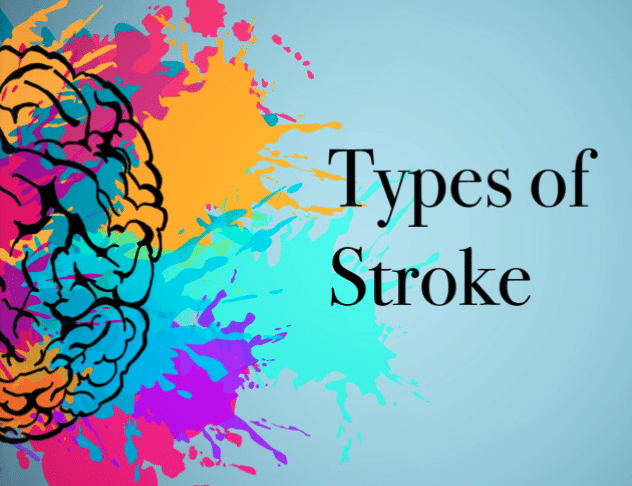
There are two main types of stroke
Ischemic stroke
Ischemic stroke (blood blockage) occurs when the blood vessels in your brain become narrowed or blocked, causing severely reduced blood flow. The most common stroke is caused by a clot that forms in the vessel or travels there from another part of the body, cutting off the blood supply to your brain.
Hemorrhagic stroke
Hemorrhagic stroke (bleeding) occurs when blood from an artery begins bleeding into the brain. This happens when a weakened blood vessel bursts and bleeds into the surrounding brain. Pressure from the leaked blood damages brains cells, and as a result, the damaged area is unable to function properly.
How to recognize a stroke
Recognizing the symptoms of stroke is very important. Signs and symptoms may include an inability to move or feel on one side of the body, problems understanding or speaking, dizziness, sudden severe headache, blurred or loss of vision in one eye.
Signs and symptoms often appear soon after the stroke has occurred. Symptoms typically start suddenly, over seconds to minutes, and in most cases do not progress further. The symptoms depend on the area of the brain affected. The more extensive the area of the brain affected, the more functions that are likely to be lost.
A good way to remember the warning signs of stroke is B.E.F.A.S.T. (Balance, Eyes, Facial droop, Arm weakness, Speech difficulty, Time to call emergency services)
Ways to combat stroke
Basic lifestyle changes can have a big impact in reducing stroke risk. According to research, stroke is 80% preventable by addressing lifestyle factors, including improving diet, quitting smoking and getting regular exercise.
Two of the main risk factors for stroke are smoking and high blood pressure. Other major risk factors include heavy alcohol use, high cholesterol, drug use, lack of physical activity, atrial fibrillation (abnormal heart rhythm), diabetes and an unhealthy diet. Foods found to lower your risk of stroke include Nuts, Greens, Citrus Fruits, Whole Grains, Garlic, Tomatoes, Potassium & Magnesium Rich Foods.
6 things you can do to help prevent a stroke:
- Quit smoking
- Lower your blood pressure
- Lose weight
- Exercise more
- If you drink, do it In moderation
- Eat healthier (a Mediterranean-style diet is ideal)
Life after a stroke
The brain is a complex organ that controls various body functions and emotions. If a stroke occurs and blood flow can’t reach the part of the brain that controls a particular body function, that part of the body won’t work as it should. The effects of a stroke also depend on how much of the brain tissue is affected. Because one side of the brain controls the opposite side of the body, a stroke affecting one side will result in complications on the side of the body it affects.
Left brain
If the stroke occurs in the left side of the brain, the right side of the body will be affected, producing some or all of the following: Paralysis on the right side of the body, speech/language problems, slow, cautious behavioral style and memory loss.
Right brain
If the stroke occurs in the right side of the brain, the left side of the body will be affected, producing some or all of the following: Paralysis on the left side of the body, vision problems, quick, impulsive behavioral style and memory loss.
Every stroke is unique, but strokes tend to affect people in common ways. Stroke survivors often feel fatigue, have feelings of depression and anxiety. Your doctor is an invaluable source for help during these recovery times.
What to do in case of a suspected stroke
Too many people ignore the signs of stroke because they question whether their symptoms are real. Don’t wait. Call Emergency Services Immediately. Stay focused and take action quickly.
Act quickly to call an ambulance. The hardest thing to do is recognize symptoms of a stroke. Tell the emergency dispatcher that you think you, or someone you know is having a stroke. Make note of the time you first see symptoms, or the last time you saw the person without symptoms.
If you believe someone is having a stroke, don’t let that person go to sleep or talk you out of calling emergency services. Stroke survivors often complain of suddenly feeling very sleepy when a stroke first happens. Don’t give the stroke victim medication, food, or drinks.
Over 80% of strokes are ischemic ones, but if you’re in that less common range and your stroke was caused by a ruptured blood vessel, you don’t want the victim to have aspirin. You can’t tell which type of stroke it is until you get to the emergency room and you get a CT scan. It might seem like a good idea to drive a stroke victim to the nearest emergency room, but you’re better off calling emergency services. Emergency responders can start lifesaving treatment for that person on the way to the emergency room, and notify the hospital that you’re on the way so they’re prepared for your immediate treatment.
Stroke – Don’t stay at home
Evidence is growing that COVID 19 infection increases an individual’s risk of stroke. This is the case even for younger people and those with no other stroke risk factors.
Hospitals and health care teams around the world have worked hard to put in place stroke treatment procedures that reduce the risk of infection in hospital. It is more important than ever that we know the signs of stroke and seek emergency medical treatment which is why stroke clinicians and patients around the world have united to share the message:
#StrokeDontStayAtHome
